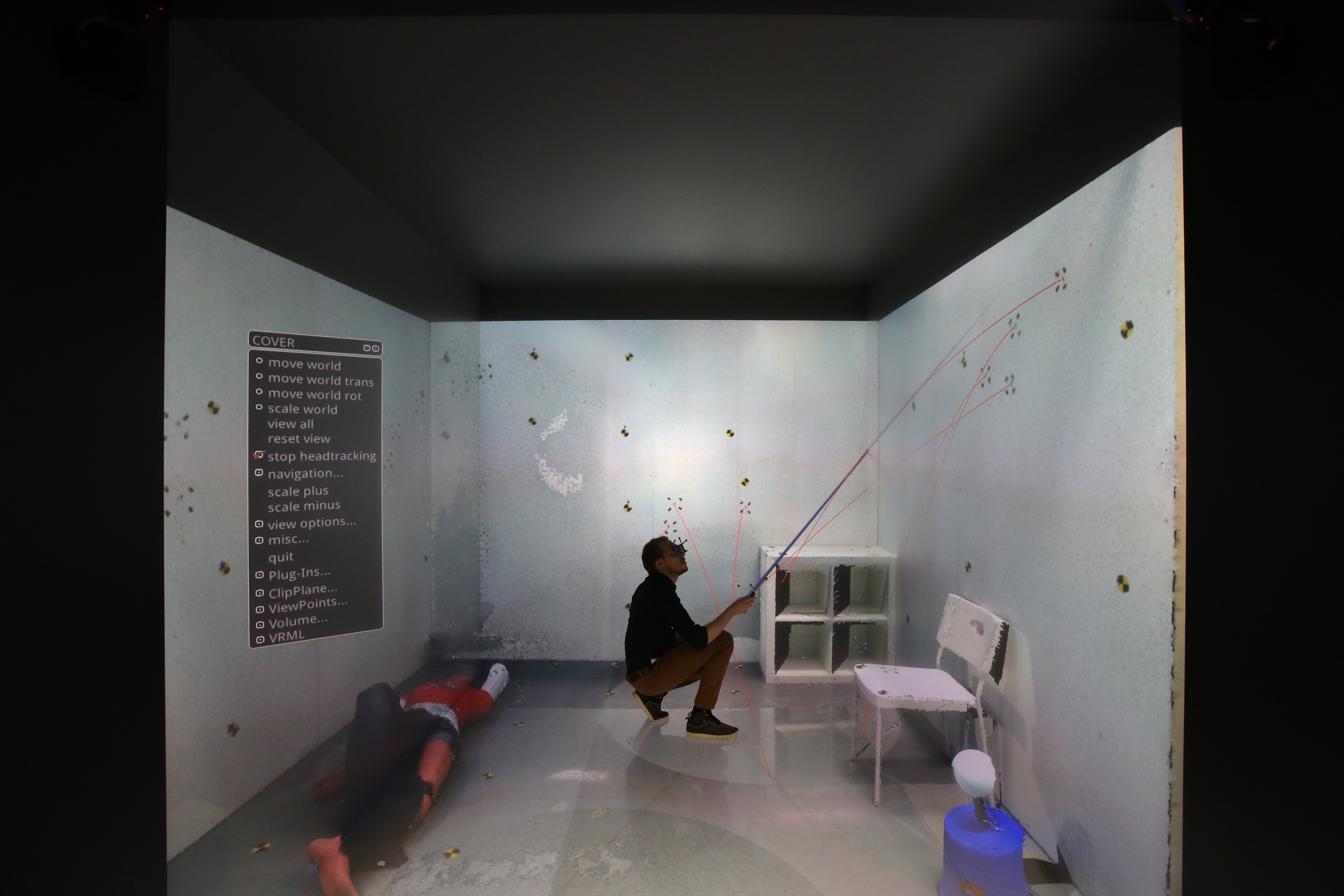Title : Visualizing the butler with the candlestick - improving forensic bloodstain pattern analysis
Project Lead : karla de bruin From : Netherlands Forensic Institute (None)
Dates : from 2014-11-04 16:32:31 to 2015-01-26 11:00:14
Description :
Motivation and objectives :
A frequent question on a crime scene is the position of the offender during the crime. Bloodstain pattern analysis (BPA) is a discipline that can be used to answer this question. Current software programs that determine the location of the blood source are, however, based on the assumption that blood drops travel in a straight line, thereby introducing an error in the position of the offender that may approach 45 cm. The University of Amsterdam, together with the Netherlands Forensic Institute, found a method of incorporating gravity and air resistance in the flight path of a blood drop and subsequently calculating the position of the offender. In order to help forensic investigators in their examination, the flight paths of the blood drops need to be visualized in a 3D scan of the crime scene. This will answer the forensic investigator's question about the position of the offender during the crime, enabling a direct visualization that can be used for prosecution purposes.
Teams :
The Soft Matter Group at the Institute of Physics of the University of Amsterdam is led by Prof. Dr. Daniel Bonn. The main research areas include hydrodynamics and rheology, complex fluids, nucleation and phase transitions and thermodynamics. Dr. K.G. de Bruin works at the University of Amsterdam one day a week and supervises two PhD students in the group of Prof. Dr. Daniel Bonn.
Dates :
starting date : 06 January, 2015
ending date : 16 January, 2015
Facilities descriptions :
http://visionair-browser.g-scop.grenoble-inp.fr/visionair/Browser/Catalogs/HLRS.GE.html
Recordings & Results :
A frequent question on a crime scene is the position of the offender during the crime. Bloodstain pattern analysis (BPA) is a discipline that can be used to answer this question. Current software programs that determine the location of the blood source are, however, based on the assumption that blood drops travel in a straight line, thereby introducing an error in the position of the offender that may approach 45 cm. The University of Amsterdam, together with the Netherlands Forensic Institute, found a method of incorporating gravity and air resistance in the flight path of a blood drop and subsequently calculating the position of the offender. In order to help forensic investigators in their examination, the flight paths of the blood drops need to be visualized in a 3D scan of the crime scene. This will answer the forensic investigator's question about the position of the offender during the crime, enabling a direct visualization that can be used for prosecution purposes.
Conclusions :
Data obtained by 3D laser scanner and photogrammetrie as well as the results given from the bloodstain analysis have been integrated and visualized in the cave. An plugin has been developed to modify important parameters of the BPW software while working in the cave.
Project Images :

.

VISIONAIR / Grenoble INP / 46 avenue Felix Viallet / F-38 031 Grenoble cedex 1 / FRANCE
Project funded by the European Commission under grant agreement 262044

Project funded by the European Commission under grant agreement 262044
